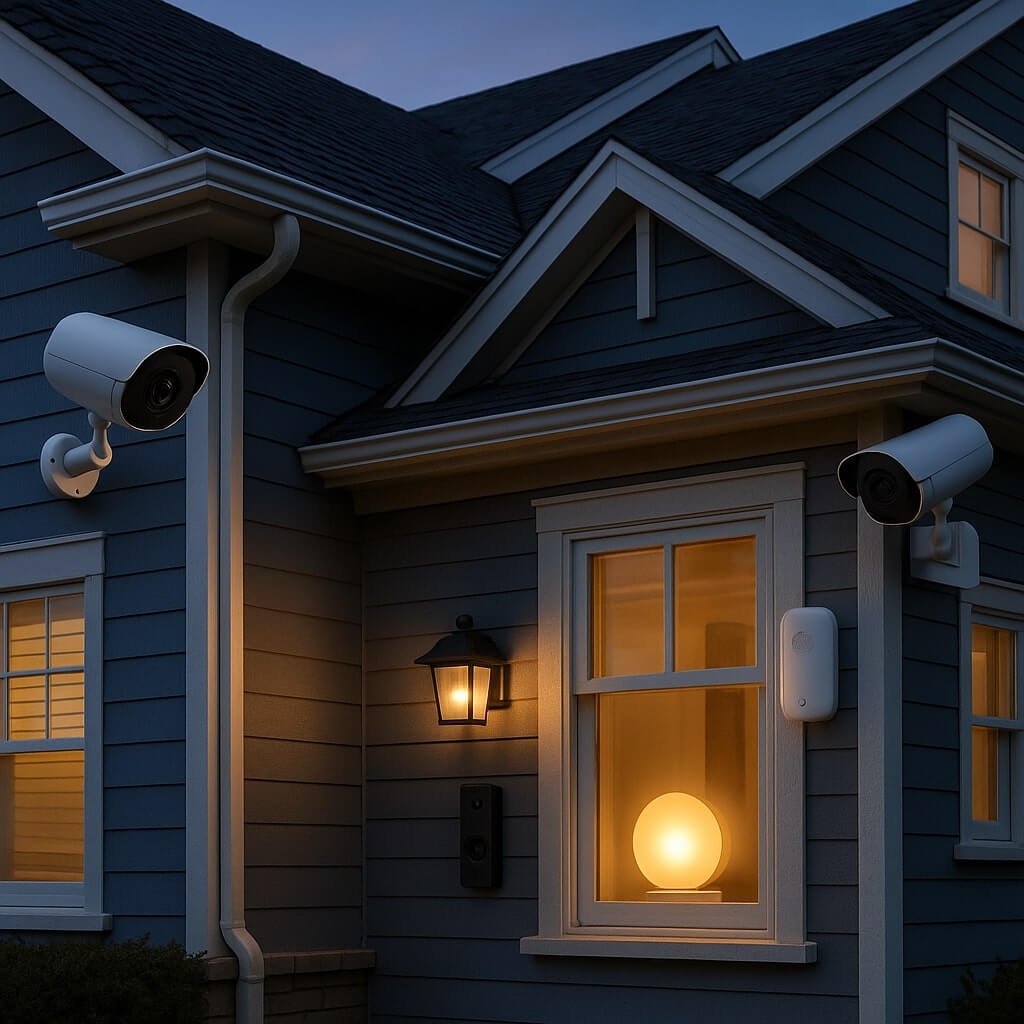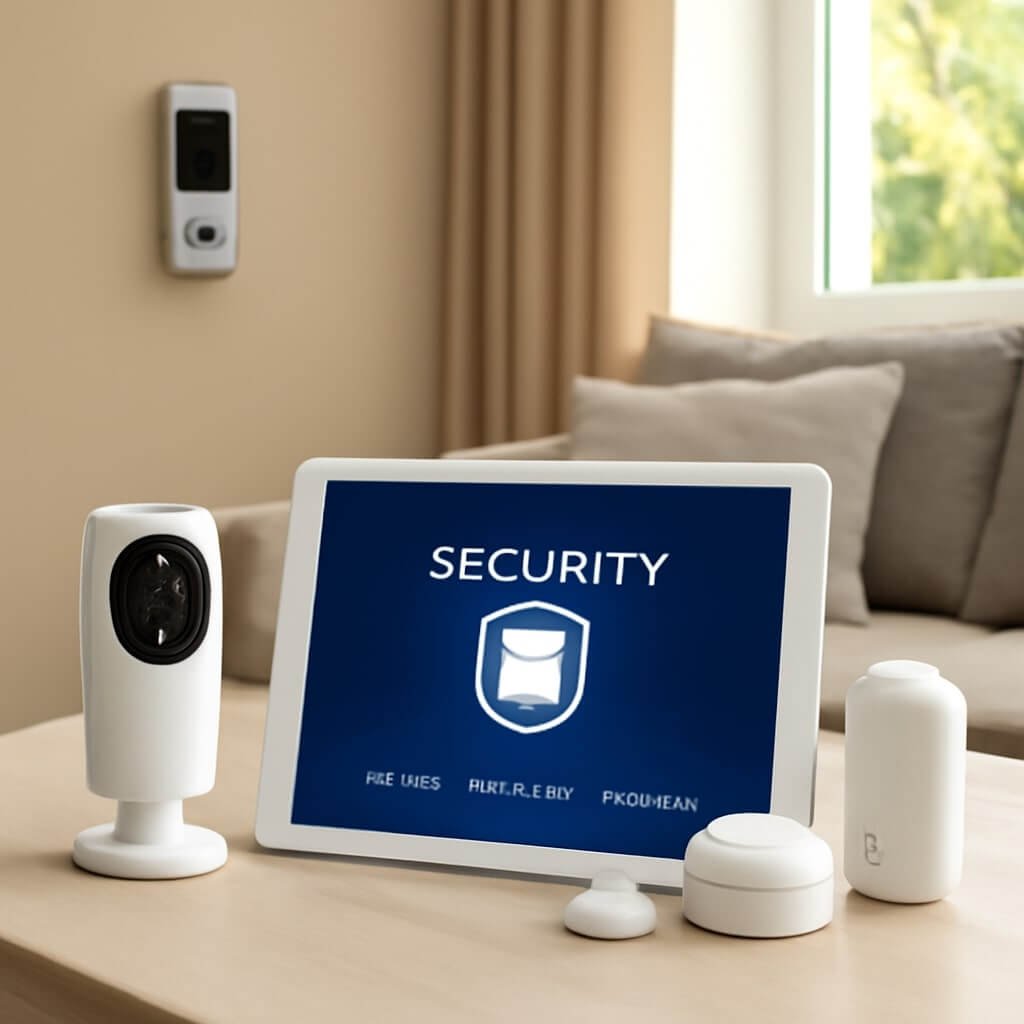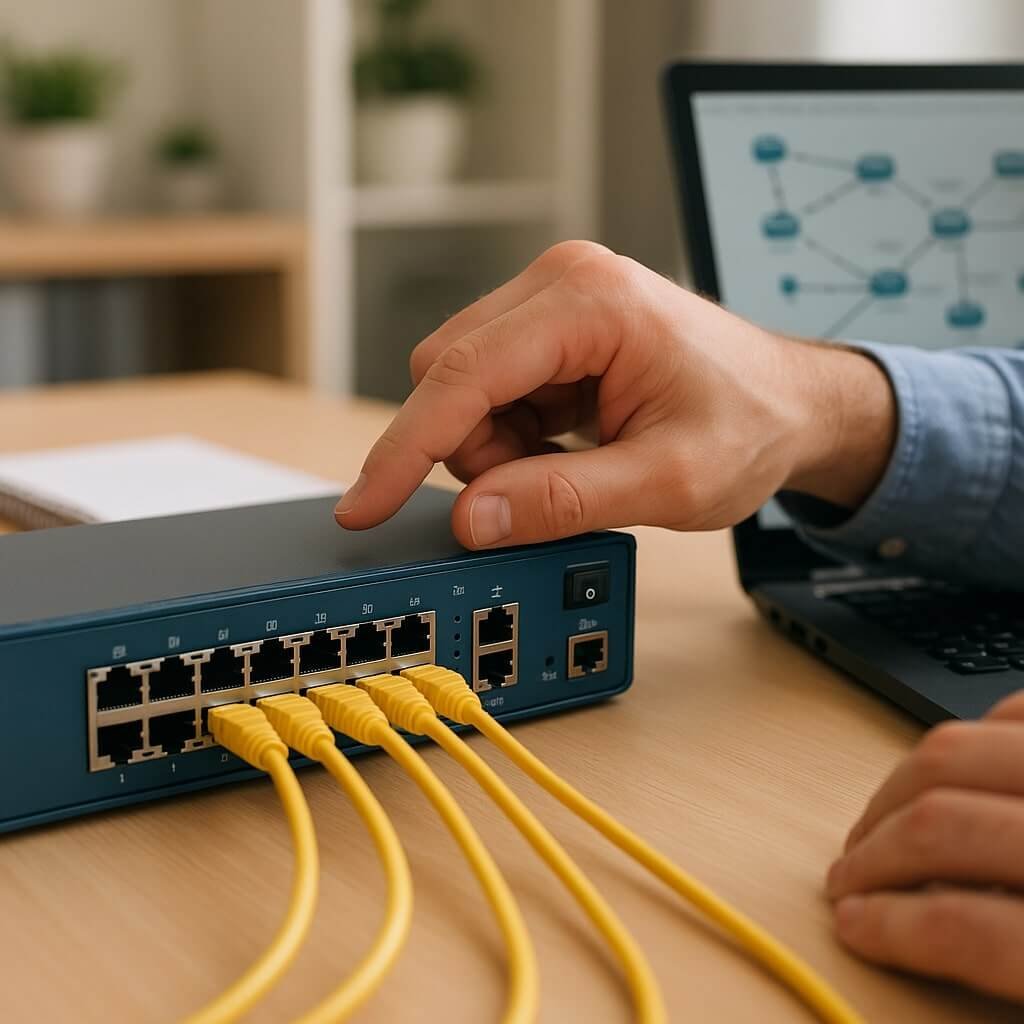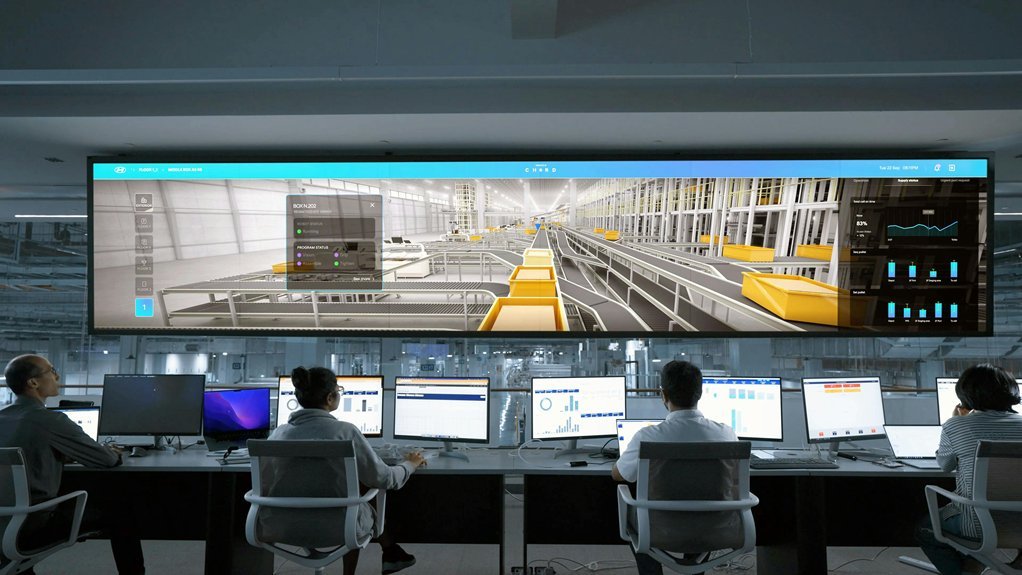Smart security systems have revolutionised home and business safety by integrating technology with convenience. These systems go beyond traditional alarms by offering real-time alerts, remote access, and automation features that make monitoring easier than ever. However, before diving into installation, it’s crucial to understand the costs involved. Knowing the smart security system installation costs upfront helps you budget effectively and choose the best options for your needs.
The investment might seem hefty initially, but when balanced against the potential protection and peace of mind, it’s often a wise choice. Throughout this guide, you’ll gain a clear understanding of what influences installation costs and how to optimise your spending.
2. What Is Included in a Smart Security System?
Before discussing installation costs, let’s break down what a smart security system typically includes:
- Security Cameras: Indoor and outdoor cameras with features such as night vision, motion detection, and HD video quality.
- Sensors: Door/window sensors, motion detectors, glass break sensors.
- Control Panel: The hub that connects all components, often accessible via a smartphone app.
- Smart Locks: Allow remote locking/unlocking of doors.
- Alarms: Sirens that alert you and neighbours to suspicious activity.
- Monitoring Services: Optional professional monitoring 24/7.
- Additional Accessories: Smoke detectors, carbon monoxide detectors, and environmental sensors.
Each component can vary in price and installation complexity, impacting the overall cost.
3. Factors Influencing Installation Costs
Several factors determine the final price of installing a smart security system:
- System Size: Larger homes or businesses require more cameras and sensors, increasing the cost.
- Type of Equipment: High-end brands or advanced features (e.g., facial recognition) add to expenses.
- Installation Complexity: Hardwiring devices costs more than wireless setups.
- Location: Urban vs. rural installation can affect labour costs and accessibility.
- Professional vs. DIY: Professional installations involve labour charges but ensure proper setup.
Understanding these factors helps in making informed choices that balance the budget with security needs.
4. Average Cost Breakdown by Component
Here’s a typical price range for common components involved in smart security system installation:
| Component | Average Cost (USD) |
|---|---|
| Security Cameras | $50 – $300 per camera |
| Door/Window Sensors | $15 – $60 per sensor |
| Control Panel | $100 – $300 |
| Smart Locks | $100 – $250 per lock |
| Professional Installation Fees | $150 – $500 |
| Monthly Monitoring | $15 – $50 per month |
These figures can fluctuate depending on brand, feature set, and installation complexity.
5. DIY vs. Professional Installation: Cost Comparison
Choosing between DIY and professional installation can significantly affect your overall expenses.
- DIY Installation:
- Pros: Lower upfront costs, flexibility, no labour charges.
- Cons: Requires technical know-how, risk of improper setup, voided warranties.
- Professional Installation:
- Pros: Expert setup, warranty protection,and troubleshooting assistance.
- Cons: Higher initial cost, may require scheduling and availability.
DIY options may start as low as $200 for basic kits, while professional installations can range from $500 to over $1,500, depending on system complexity.
6. Benefits of Investing in a Smart Security System
Investing in a smart security system is more than just spending money—it’s about enhancing safety and convenience. Benefits include:
- Real-Time Alerts: Immediate notification of suspicious activity.
- Remote Monitoring: Control and view your system from anywhere via smartphone.
- Increased Property Value: Enhances home resale appeal.
- Lower Insurance Premiums: Many insurers offer discounts.
- Automation Features: Integration with smart home devices for seamless control.
These advantages often justify the initial installation costs through long-term savings and peace of mind.
7. Top Brands and Their Price Ranges
Some of the most popular smart security brands include:
- Ring: $99 – $499 per system, known for user-friendly devices and strong community monitoring.
- Nest (Google): $129 – $799, offering high-quality cameras with AI features.
- ADT: $500 – $2,000+, with professional monitoring and comprehensive security solutions.
- SimpliSafe: $229 – $600, budget-friendly DIY kits with optional monitoring.
Choosing a brand depends on your specific needs, desired features, and budget constraints.
8. Installation Process Step-by-Step
Understanding the installation process can ease concerns and help you prepare:
- Consultation: Assess your property and security needs.
- Design Plan: Determine device locations and system layout.
- Equipment Delivery: Purchase or receive devices.
- Installation: Mount cameras, sensors, and the control panel.
- System Configuration: Connect devices to the network and customise settings.
- Testing: Verify all components work properly.
- Training: Learn how to operate the system efficiently.
Professional installers typically complete this within a few hours, while DIY might take longer depending on experience.
9. Hidden Costs to Watch Out For
Beyond initial installation, some additional expenses can catch buyers off guard:
- Monthly Monitoring Fees: If you opt for professional monitoring.
- Maintenance Costs: Battery replacements, software updates, or repairs.
- Equipment Upgrades: New devices or improved technology over time.
- Network Upgrades: Ensuring reliable Wi-Fi or internet for smart devices.
Factoring these into your budget can help avoid surprises later.
10. How to Budget for a Smart Security System
To budget effectively:
- Assess Your Needs: Identify must-have vs. nice-to-have features.
- Research Brands and Prices: Compare options to fit your financial plan.
- Include Installation and Hidden Costs: Plan for professional fees and ongoing expenses.
- Look for Discounts: Some companies offer seasonal deals or bundled packages.
- Consider Financing: Many providers offer payment plans.
A well-planned budget ensures you get the best security within your means.
11. Smart Home Integration and Its Impact on Costs
Integrating your security system with other smart home devices (lights, thermostats, voice assistants) can enhance convenience but may add to the cost.
- Pros: Unified control, automation routines, energy savings.
- Cons: Additional devices and potential compatibility issues.
Planning integration early can streamline installation and reduce incremental expenses.
12. Common Installation Mistakes and How to Avoid Them
Avoid these pitfalls to keep costs manageable and system performance optimal:
- Poor Device Placement: Leads to blind spots and ineffective monitoring.
- Ignoring Network Requirements: Causes connectivity problems.
- Overbuying Equipment: Increases costs unnecessarily.
- Skipping Professional Help When Needed: Results in improper setup.
Consulting experts and researching beforehand can save time and money.
13. Frequently Asked Questions (FAQs)
How much does it cost on average to install a smart security system?
Typically, costs range from $500 to $1,500, including equipment and professional installation.
Is monthly monitoring necessary?
It’s optional but recommended for continuous protection and emergency response.
Can I install the system myself?
Yes, many kits are DIY-friendly, but professional installation ensures optimal setup.
Do smart security systems work during power outages?
Most have backup batteries, but extended outages may affect performance.
Will installing a smart security system lower my insurance premiums?
Many insurance companies offer discounts, but it vary by provider.
How often do I need to update or replace equipment?
Typically, every 3-5 years, depending on technology advancements and wear.
14. Case Studies: Real-Life Examples of Installation Costs
Case Study 1: Residential Home in Suburban Area
- System: 4 cameras, 6 sensors, smart locks
- Installation: Professional
- Total Cost: $1,200 (including $400 installation fee)
- Monitoring: $25/month
Case Study 2: Small Business in Urban Setting
- System: 8 cameras, motion detectors, access control
- Installation: Mixed DIY and professional for wiring
- Total Cost: $2,000
- Monitoring: $50/month
These examples highlight how scale and complexity influence costs.
15. Conclusion: Is a Smart Security System Worth the Investment?
Smart security system installation costs might initially seem significant, but the benefits of enhanced safety, convenience, and potential savings outweigh the expense. With the ability to customize your system according to your needs and budget, there’s a solution for everyone. By understanding what goes into the costs and planning wisely, you can protect your property effectively without breaking the bank.






